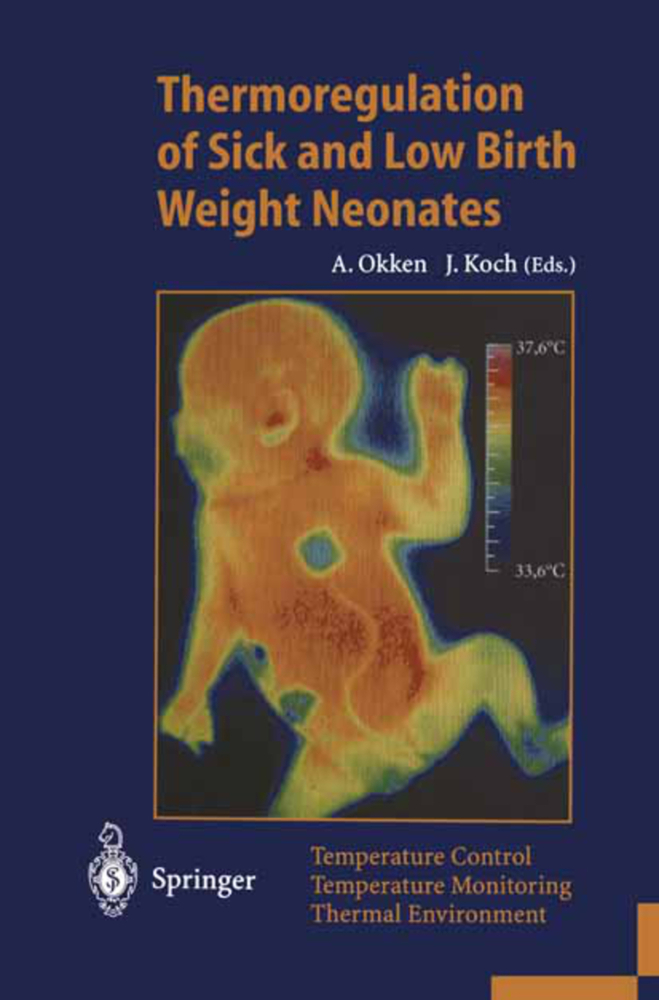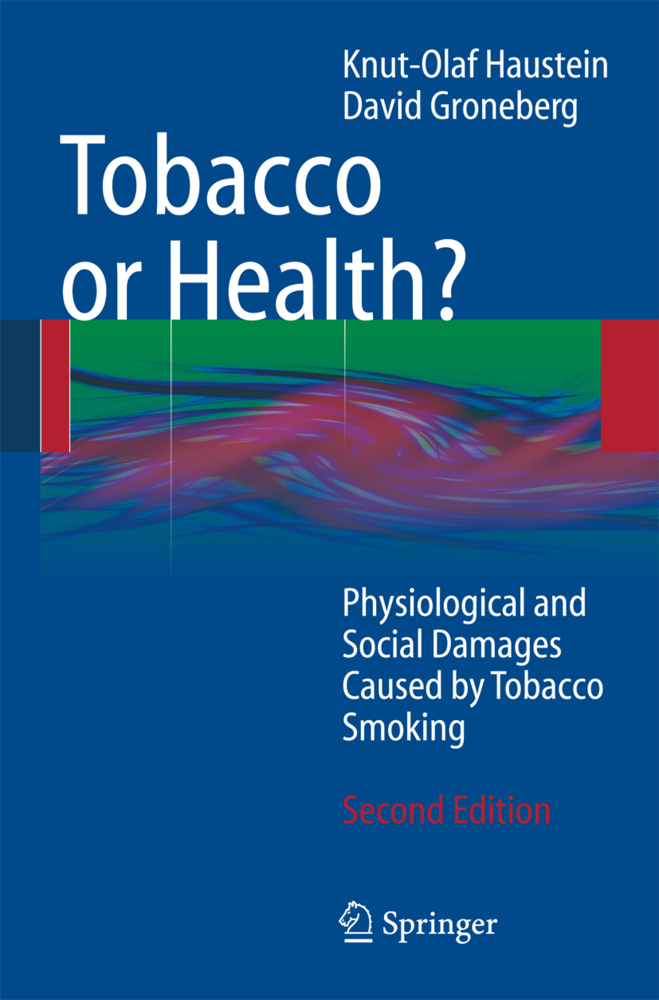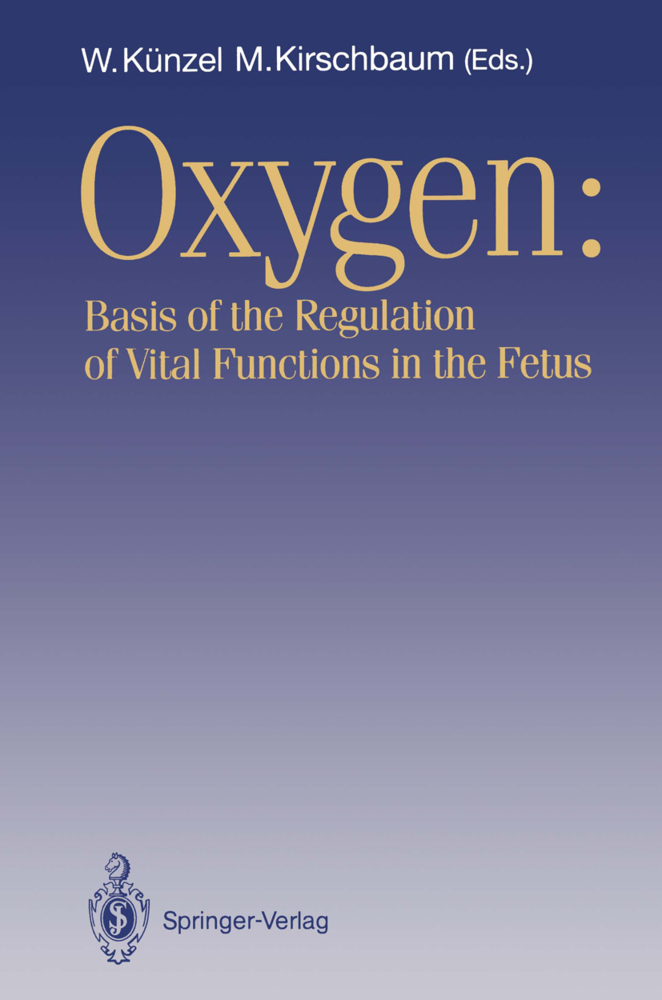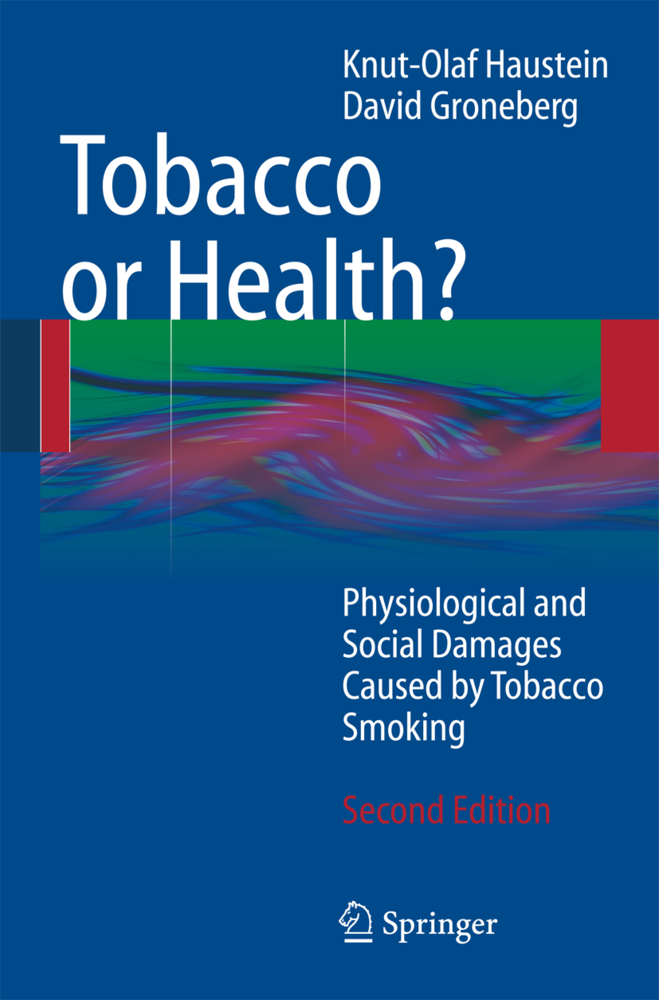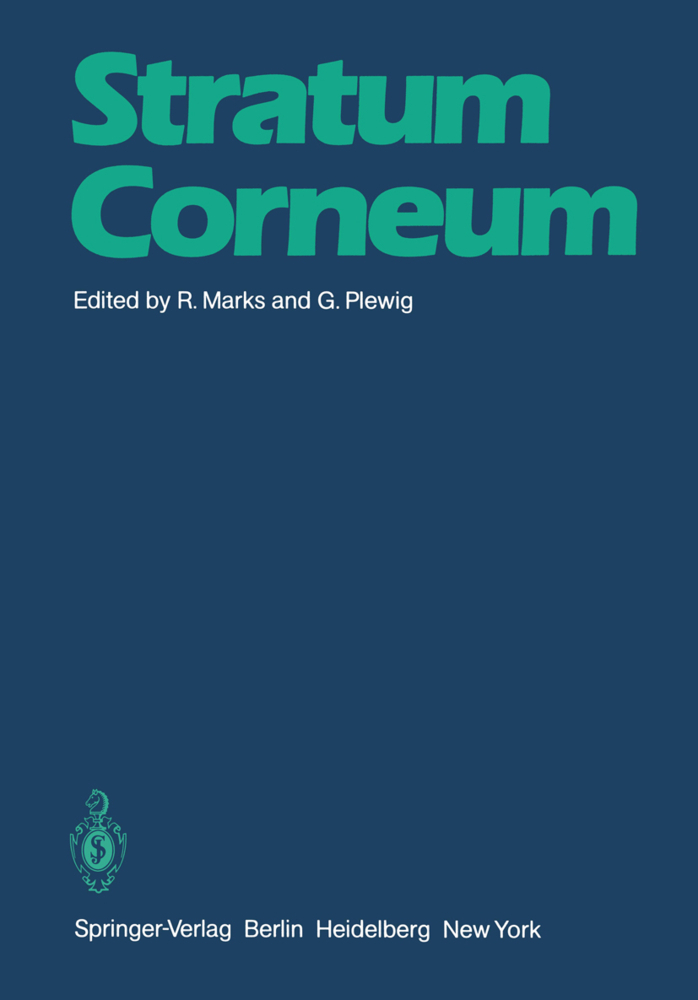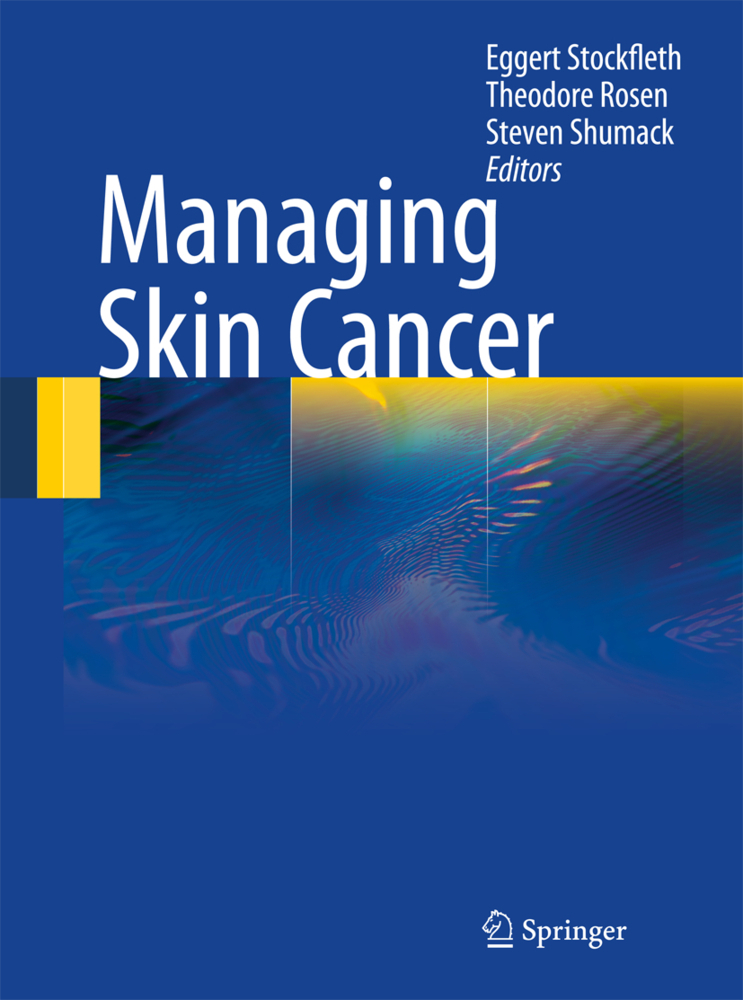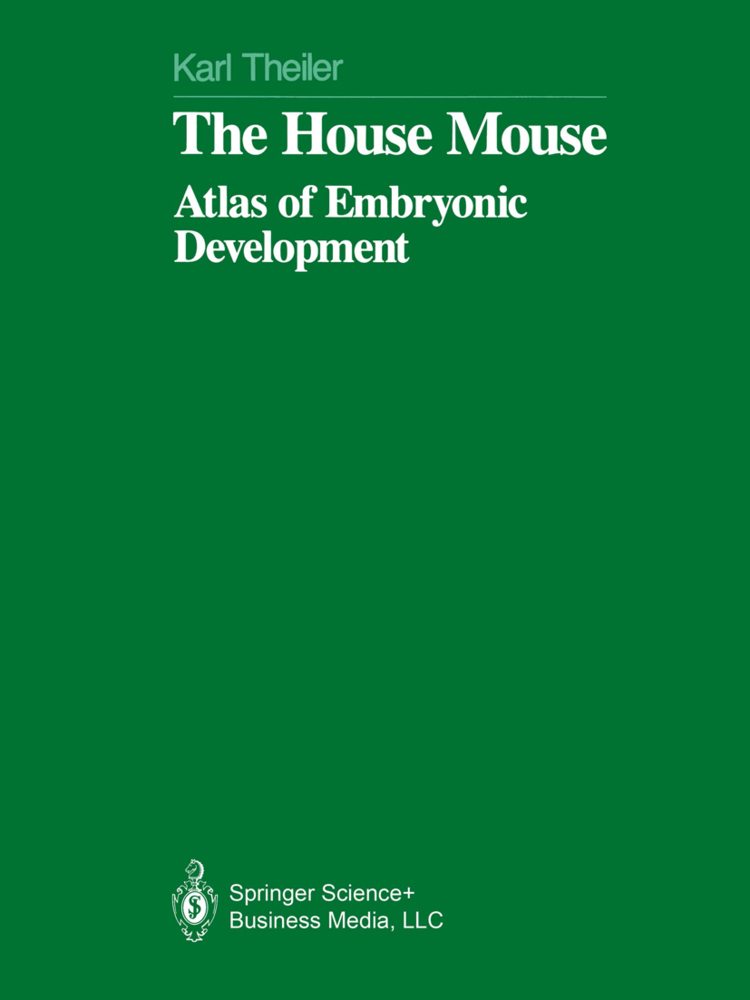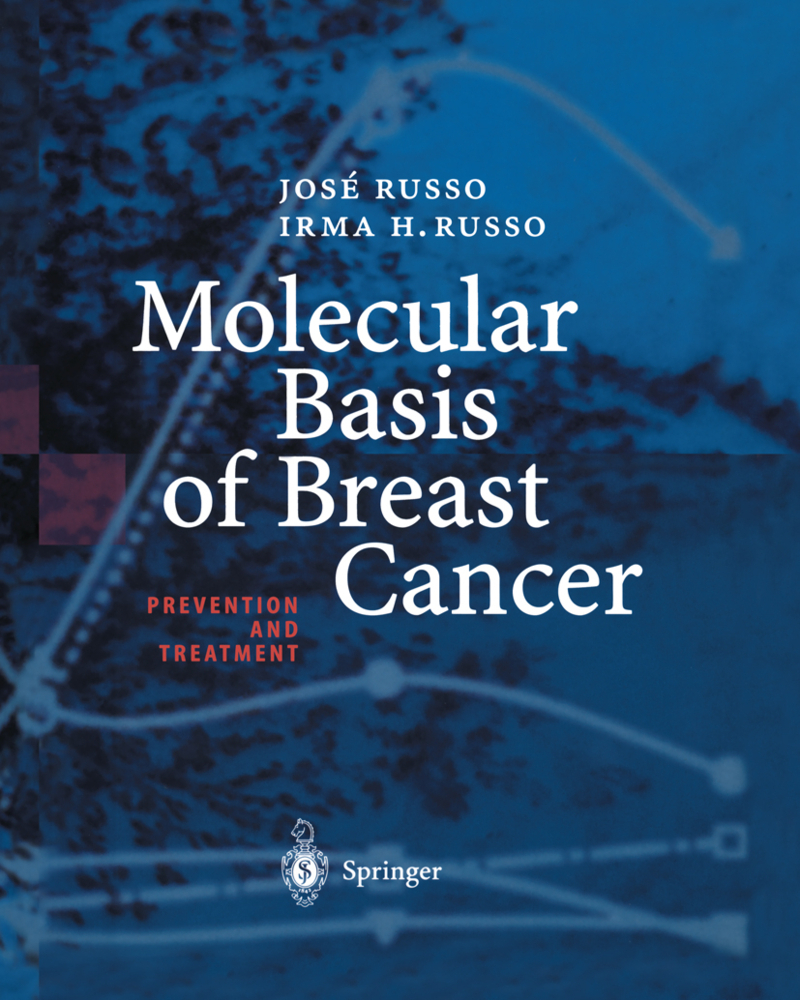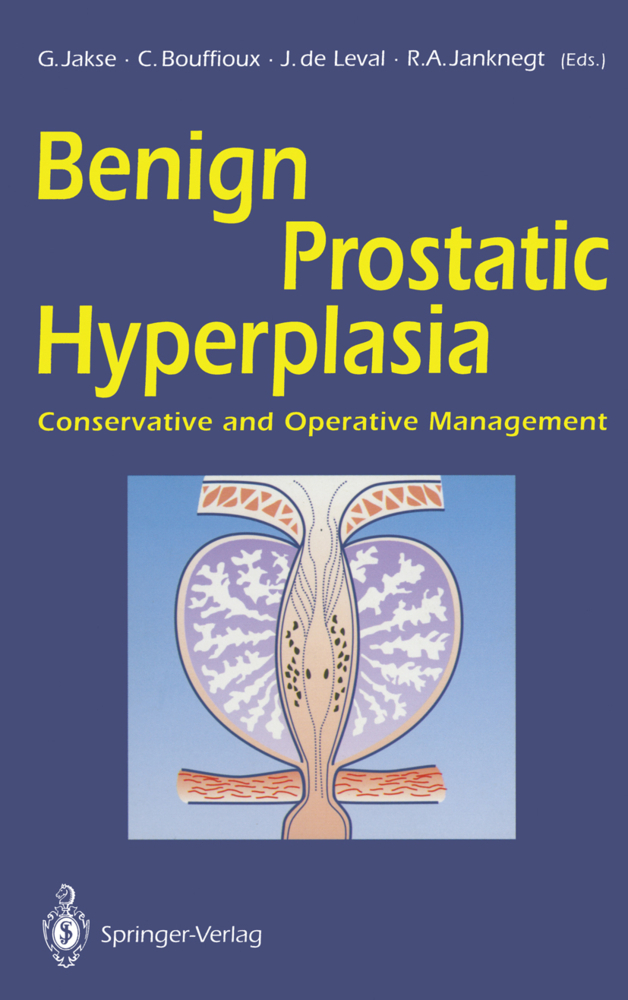Thermoregulation of Sick and Low Birth Weight Neonates
Temperature Control. Temperature Monitoring. Thermal Environment
Thermoregulation of Sick and Low Birth Weight Neonates
Temperature Control. Temperature Monitoring. Thermal Environment
Over the past 15 years, the population of sick neonates has changed. The average birthweight has decreased dramatically to as low as 450g while gestational age has been reduced to 22-21 weeks. These babies have totally different needs and require more complex health care. It is now time to change previous recommendations which were based on more mature neonates. In this foreword we aim to give some of the background into the ideas which lead to us starting work on new guidelines. The question was : Can the thermal condition of the baby be better monitored and investigated and, if so, how? Measurement of body temperature remains a very important method of ascertaining the thermal condition of a newborn baby. There is an implicit international agreement that the body temperature of an infant is measured either intermittently using a liquid expansion thermometer or continuously by means of temperature sensors placed in the rectum or the axilla. Rectal temperature is not necessarily identical to the core temperature. There may be up to a 2 °C difference and this could result in an incorrect assessment of the condition of the patient. For example in the presence of cold lower limbs, the cool venous blood returning from the legs will flow close to the rectum and, as a result, the rectal temperature may be significantly lower than that of the core. Other workers have shown how rectal temperature depends on the depth to which the sensor has been inserted.
2 Metabolic Background of Neonatal Heat Production, Energy Balance, Metabolic Response to Heat and Cold
3 Physics of Neonatal Heat Transfer, Routes of Heat Loss and Heat Gain
4 Body Temperature in Sick Neonates, Deseases and Biochemical Disturbances
Temperature Monitoring
5 Temperature Measurements and Distribution of Temperatures throughout the Body in Neonates
6 Thermal Monitoring of very Preterm Infants. Which Temperature should be Measured?
7 Experiences with Thermal Monitoring, Influence of Neonatal Care and how should it be Monitored
8 Temperature Control in Preterm Infants - Effect of Birthweight and Gestational Age
9 Thermal Monitoring in Sick Neonates
Optimal Thermal Environment
10 Physical Properties of the Thermal Environment
11 Effect of the Thermal Environment on Neonatal Mortality and Morbidity: State of the Evidence
12 Treatment of Sick Newborns in Incubators
13 Treatment of Sick Newborns under Radiant Warmers
14 Treatment of Sick Newborns with Heated Mattresses
15 Aspects of Hygiene
Extreme Thermal Conditions
16 Prevention of Neonatal Hypothermia in the Delivery Room
17 Transportation of Sick Newborns in a Cold Environment.
Thermodynamic Principles
1 The Concept of Thermoregulation2 Metabolic Background of Neonatal Heat Production, Energy Balance, Metabolic Response to Heat and Cold
3 Physics of Neonatal Heat Transfer, Routes of Heat Loss and Heat Gain
4 Body Temperature in Sick Neonates, Deseases and Biochemical Disturbances
Temperature Monitoring
5 Temperature Measurements and Distribution of Temperatures throughout the Body in Neonates
6 Thermal Monitoring of very Preterm Infants. Which Temperature should be Measured?
7 Experiences with Thermal Monitoring, Influence of Neonatal Care and how should it be Monitored
8 Temperature Control in Preterm Infants - Effect of Birthweight and Gestational Age
9 Thermal Monitoring in Sick Neonates
Optimal Thermal Environment
10 Physical Properties of the Thermal Environment
11 Effect of the Thermal Environment on Neonatal Mortality and Morbidity: State of the Evidence
12 Treatment of Sick Newborns in Incubators
13 Treatment of Sick Newborns under Radiant Warmers
14 Treatment of Sick Newborns with Heated Mattresses
15 Aspects of Hygiene
Extreme Thermal Conditions
16 Prevention of Neonatal Hypothermia in the Delivery Room
17 Transportation of Sick Newborns in a Cold Environment.
| ISBN | 978-3-642-79936-5 |
|---|---|
| Artikelnummer | 9783642799365 |
| Medientyp | Buch |
| Auflage | Softcover reprint of the original 1st ed. 1995 |
| Copyrightjahr | 2011 |
| Verlag | Springer, Berlin |
| Umfang | XIII, 241 Seiten |
| Abbildungen | XIII, 241 p. |
| Sprache | Englisch |

